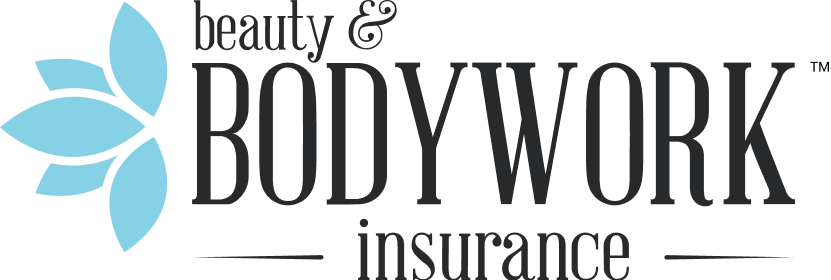One of our goals at BBI is to help people better understand the massage insurance industry. With that in mind, we wanted to explain the difference between two common terms in the insurance world: shared policies and shared limits. The subtleties between these two terms can mean the difference between a good policy and one that could leave you high and dry.
Shared Policy
A shared policy, also known as a group policy, is exactly what it sounds like, a policy that is shared among multiple people. In order to reduce costs, it is common for insurance companies to create master policies for those within similar industries. This is best illustrated by BBI policies where we cover individuals within many related industries like face painting, massage therapy, cosmetology, etc. While each one of these professions is different, they all have similar exposures and need similar coverage. What this does for the insurance process is allow for the insurer to do underwriting for the industries together, rather than for each individual at the time of application. Underwriting is the process of determining the risk and associated premium required to cover that risk. Using a shared policy system can make buying a policy more affordable and a lot quicker than standard individual insurance policies because the overall risk is lowered with a larger group, and because the manpower required to underwrite is much less. Even in insurance, there is power in numbers.
Shared Limits
Shared limits, on the other hand, are something entirely different and should be taken into consideration when purchasing a policy. While a shared policy refers to a group of people being insured based on industry, shared limits refers to the limits of liability available to the group and its individual insureds. To help explain this term, it might be best to use an example. Suppose there is a group policy in which there is a shared limit of $10 million. As policy holders begin to submit claims, the shared limit decreases. So if the first claim of the year is for $1 million, then for the rest of the year there is only $9 million left. Because the limit is shared, everyone starts out sharing a $10 million limit, and after the first claim everyone has to split the $9 million limit. You can imagine if thousands of policy holders share limits, there is the potential of exhausting those funds very quickly. At some point, there might not be money available if you have a claim because other policyholders have decreased the limits to nothing.
Sometimes it can only take one claim to wipe out a huge chunk of the available insurance coverage. With shared limits, it’s a gamble on how much each insured actually has available. With individual limits that are not shared, the insured knows that only their own claims will affect what insurance they have available to them throughout the policy term.
Pay Attention
Many people are scared off when they hear the words shared policy, when in reality shared policies make it a lot more affordable to get quality coverage. The thing to look out for is shared limits. If a policy does share limits, it might not be the best choice for you. You don’t want to find yourself in a position where there are no longer funds to pay out your claim because other policyholders have depleted the shared limits.
A great example of a shared policy that does not have shared limits is the BBI policy. Each insured gets their own $3 million aggregate limit that they don’t have to share with anyone. In fact, all the limits are each insured’s own. Take a look to see what the available limits are on BBI’s coverage details page.
We want to hear from you! Let us know if we can clarify any other insurance lingo for you in a future blog post. Or, if you have questions on any of them, feel free to give us a call at 1-888-568-0548.

BY LYNDSEY LARSEN
Lyndsey Larsen is the Marketing Manager for Beauty & Bodywork Insurance and writes about business, marketing, entrepreneurship, and insurance.
Lyndsey Larsen is an experienced writer with a background in corporate communications and nonprofits, SAAS corporations, and nutraceutical companies. She has previously worked as a journalist for regional and national publications. In her spare time, she enjoys chasing butterflies, rockhounding, and spending time with her two kids in Utah’s mountains or deserts.





